
23 Jul Family Reading: Helping Your Kids Love to Read
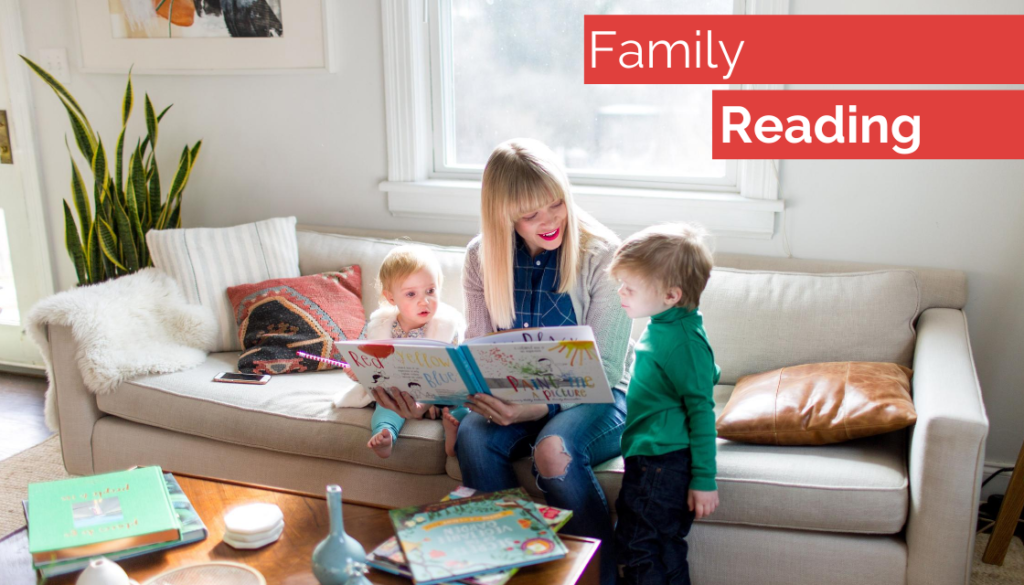
Teaching your kids to read and love it can be fun and rewarding. Artful Agenda is here to help!
The Importance of Family Reading
Reading together as a family helps provide children with a strong foundation to build an expanded vocabulary. By consistently being exposed to an assortment of words in different contexts, children strengthen their vocabulary and word usage.
Children who are read to at an early age and who are exposed to a wide variety of reading material also show higher levels of comprehension (both in their daily lives and in reading), more highly developed critical thinking skills, better results in school, and improved memory and focus.
In addition to academic benefits, reading as a family has a positive impact on social and emotional development in children. Spending time reading as a family has been shown to increase empathy and self-control while decreasing hyperactivity and aggression.
Plan Out Family Reading Time
The easiest way to incorporate family reading time into your schedule is to set aside time dedicated to it. Incorporating it into your nighttime routine is a good way to wind down for the day and make sure that it becomes a habit.
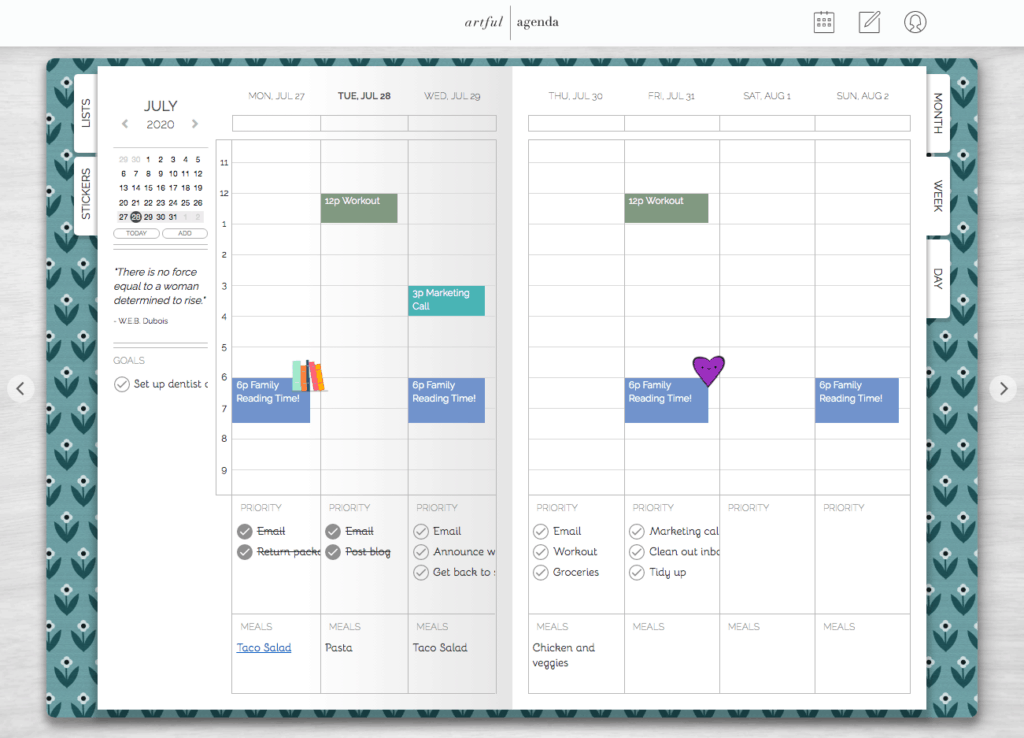
Artful Agenda makes scheduling family reading time easy. You can add the time to your Family calendar in our app, and set up push notifications to remind you. Learn to set up different calendars in this video.
Set the Right Example
Children are like sponges, and they soak up everything around them, including our habits. If the adults in your household make reading a priority and emphasize its importance, the children in your home will follow suit. This makes it more likely that your kids will get into the habit of reading consistently.
Make It Fun!
Just like us, children are more likely to gravitate towards activities they consider fun. Here are some ideas for how to make reading more fun for your child:
Designate a reading area that includes a special place for your children to keep their books. This gives children a sense of ownership of the activity and also makes it exciting for them to get new books to put in the area.
Create picture books with your children using photos, pictures from magazines, and their own drawings. This also helps them to learn about sequencing events, and as your child becomes older, you can transition them from telling you what’s happening in the story to writing it themselves.
Make trips to your local library. Many libraries offer reading times for particular age groups. This is a good way to keep your child interested in reading while also giving them an opportunity for socialization.
Reward them for reading. Work with your child to set reading goals and rewards for meeting those goals. Things as simple as a new book or some extra awake time before bed are excellent ways to reinforce the feeling of accomplishment and motivate them to continue reading.
Katy’s Top Picks for Family Reading
Laugh Together
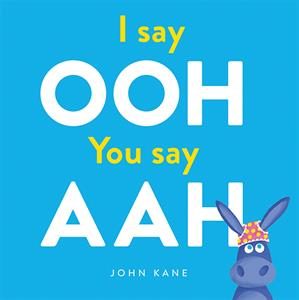

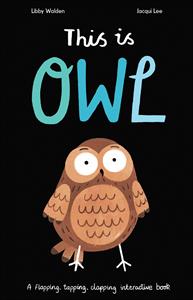
Love Together
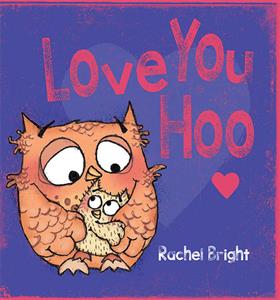
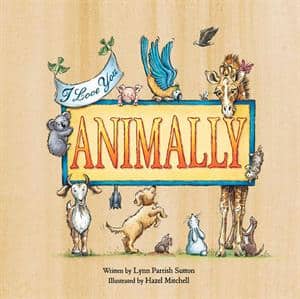
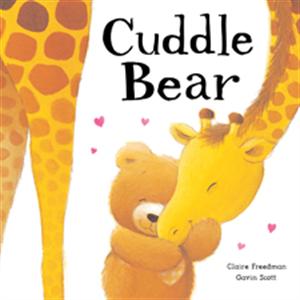
Learn Together



Imagine Together
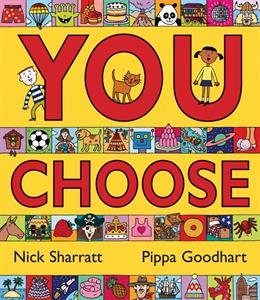
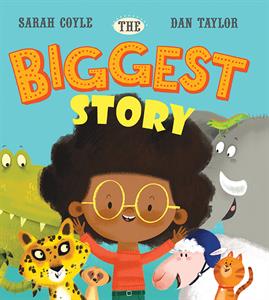
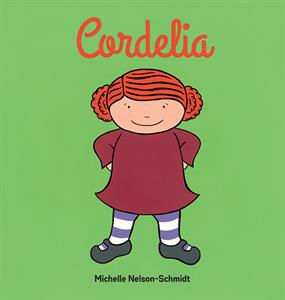



No Comments